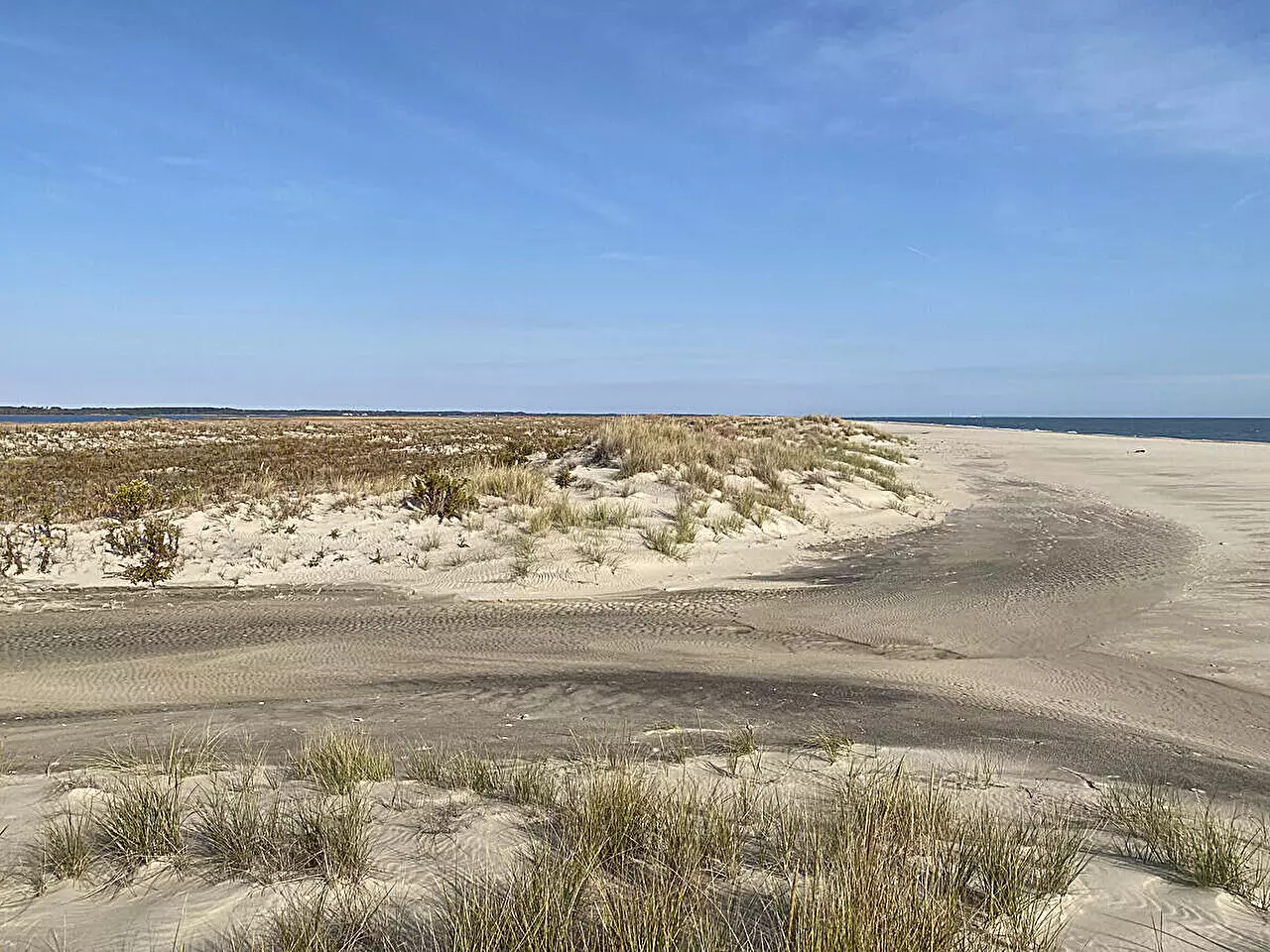Barrier islands play a crucial role in protecting coastlines from the direct impacts of storms and sea-level rise. Composed of constantly shifting sands, they act as a buffer between the open ocean and the landward areas. These sandy landforms are essential for absorbing the energy from waves and tides, thus safeguarding the mainland from erosion and flooding during severe weather events.
Despite their importance, barrier islands are facing significant threats due to climate change and human development. As sea levels continue to rise, these natural islands respond by migrating landward. However, when barrier islands are heavily developed, their ability to adapt to changing environmental conditions is severely hindered. The physical structures built by humans prevent these islands from naturally shifting in response to storms and rising sea levels, making them more susceptible to destruction and disturbance.
A recent study conducted by Virginia Commonwealth University professor Julie Zinnert and her colleagues focused on understanding the impact of dune dynamics on ecosystems located on adjacent interior islands. By examining vegetation cover, sediment accretion, and the movement of sediment and water, the researchers were able to gain insight into how dunes influence the resilience of these ecosystems to environmental changes.
The study revealed that dunes play a critical role in determining the vulnerability of landward habitats to high-water events such as sea-level rise, storms, and high winds. Areas with lower dune elevations showed higher levels of disturbance, characterized by increased soil salinity, lower soil carbon content, and reduced vegetation cover. The availability of sediment also plays a crucial role in dune formation, with certain dune-building species being more effective at accreting sediment than others.
The results of this study have important implications for understanding how barrier islands and their ecosystems may respond to climate change drivers in the future. By incorporating these findings into climate change models, researchers can better predict how these landscapes will evolve under different scenarios. This knowledge is crucial for informing management strategies aimed at preserving the ecological integrity of barrier islands and mitigating the impacts of climate change on coastal environments.
The study of dune dynamics on barrier islands provides valuable insights into the interconnected nature of coastal ecosystems and the importance of preserving natural processes in the face of climate change. By understanding how these fragile ecosystems respond to environmental pressures, we can better protect and sustain these vital coastal landforms for future generations.


Leave a Reply